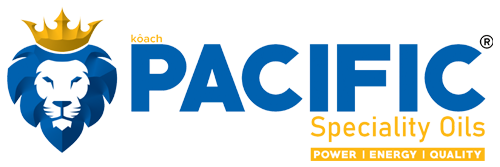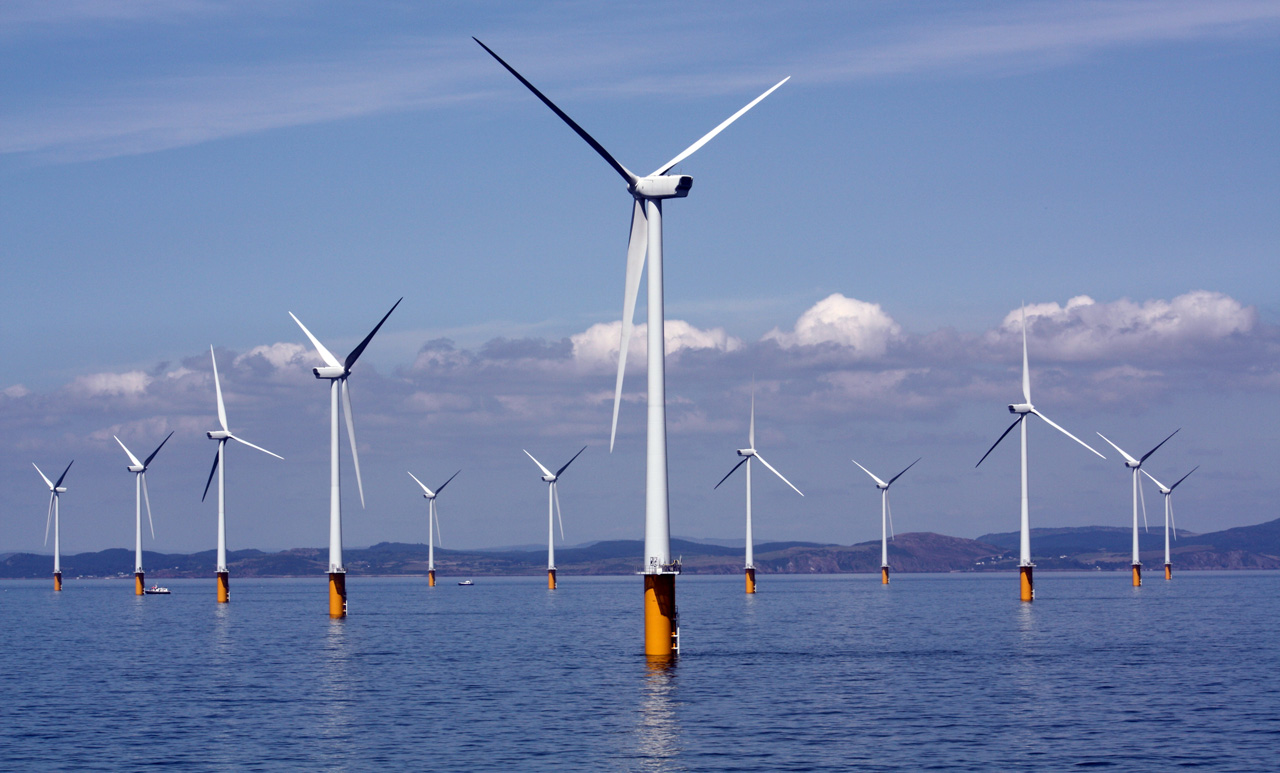Description
PACIFIC COOL 8800 is a high performance, chlorine-free coolant for machining and grinding of ferrous and non-ferrous metals. It has proven especially effective in machining all alloys of aluminum. It is formulated with the most advanced bio-resistant additive technology to provide the highest level of performance in controlling bacteria and fungus to eliminate odours. PACIFIC COOL 8800 extends sump life, reduces waste disposal costs, and offers exceptional tool life to reduce tooling costs. It is operator and machine friendly.
Performance Benefits
- Universal fluid for a wide range of metals, and operations including: stainless steel, cast aluminum alloys, ferrous metals, and cast iron.
- Durable, long lasting fluid is ideal for both central systems and individual sumps, reduces waste disposal and changeover costs.
- Not a semi-synthetic. Non-sticky – protects against fouling valves and switches to reduce downtime and maintenance costs.
- Excellent rust and corrosion protection for inner workings of the machine tool.
- Extreme pressure lubrication extends tool life and provides good finish.
- Rejects all tramp oil for easy skimming.
Recommended Concentration
Grinding 5 - 6% Machining 6 - 10% Tapping 8 - 10%Refractometer Reading
Grinding 5 - 6 Machining 6 - 10 Tapping 8 - 10The effects of water quality on emulsion stability
To obtain the best performance from any water miscible metalworking fluid, good quality water is essential. Water hardness is a key determinate of water quality. It is typically measured in parts per million (PPM) of calcium carbonate and varies by region of the country. The ideal water hardness range is between 75 PPM and 175 PPM. For soft water (less than 75 PPM), the metalworking fluid may foam. Exceptionally hard water (above 200 PPM) can have a de-stabilizing effect on the coolant. For high water hardness, we recommend using the hard water version of our coolant. In addition to water hardness, high levels of chloride ions can adversely affect the rust inhibiting characteristic of a coolant. Our lab can help you determine the quality of your water.
Mixing Instructions
- Always pre-mix coolant before adding it to the machine.
- If mixing by hand, always add the coolant concentrate to water, then agitate.
- For best results, a proportioner should be used.
- Since water evaporates from the coolant, the concentration will increase over time. To maintain the recommended concentration, makeup coolant should be pre-mixed at half the % concentration as the initial fill.


